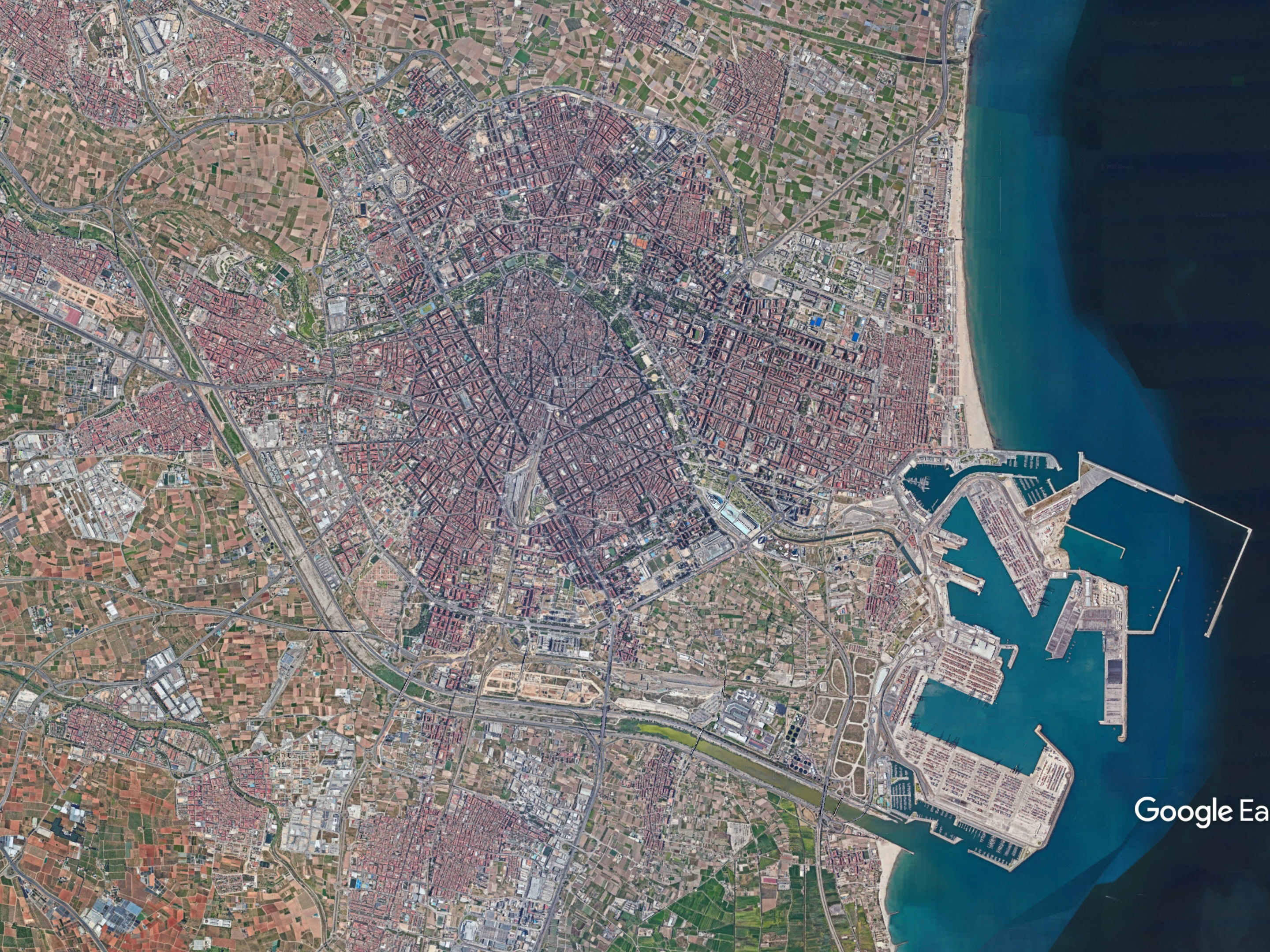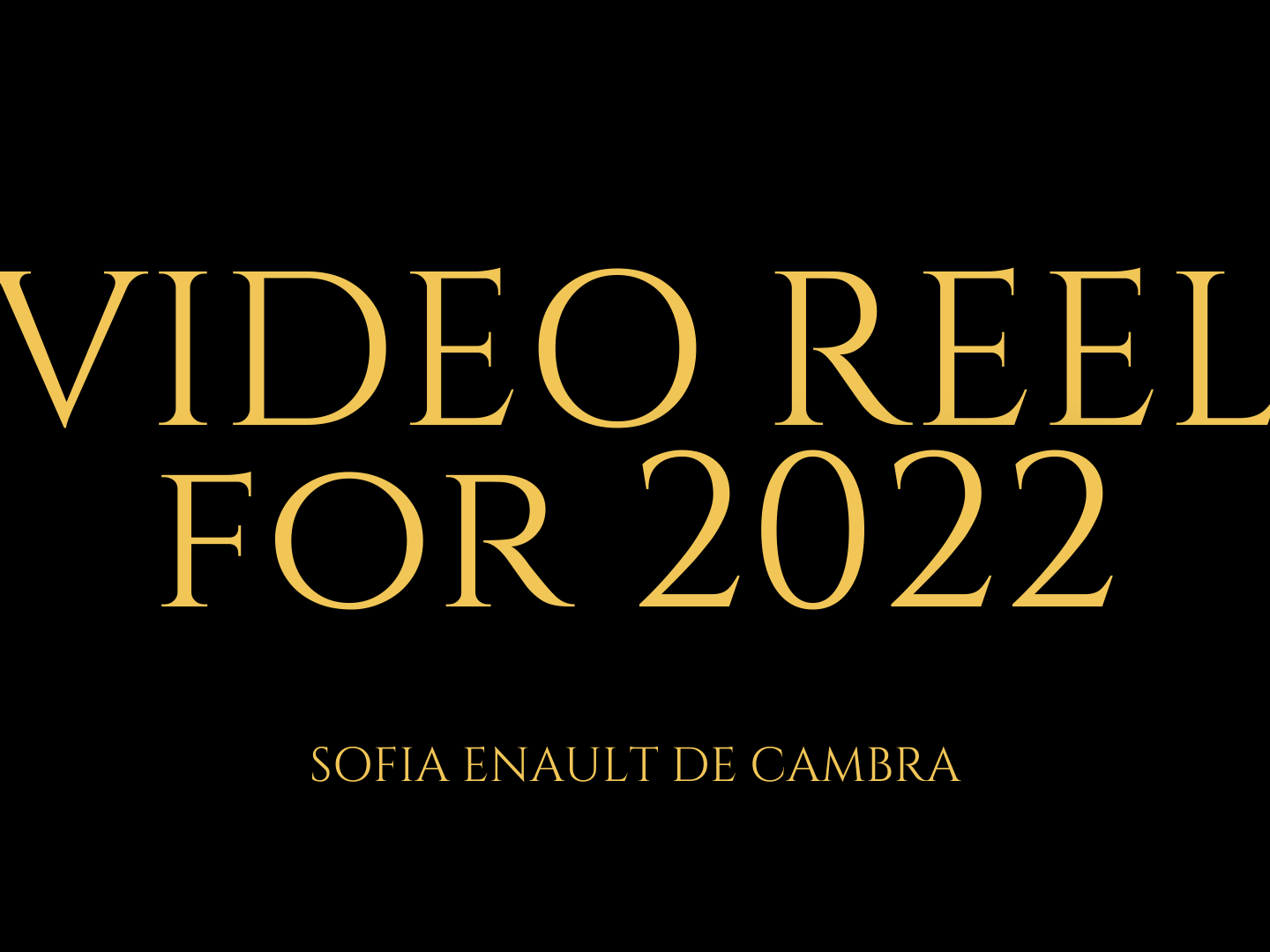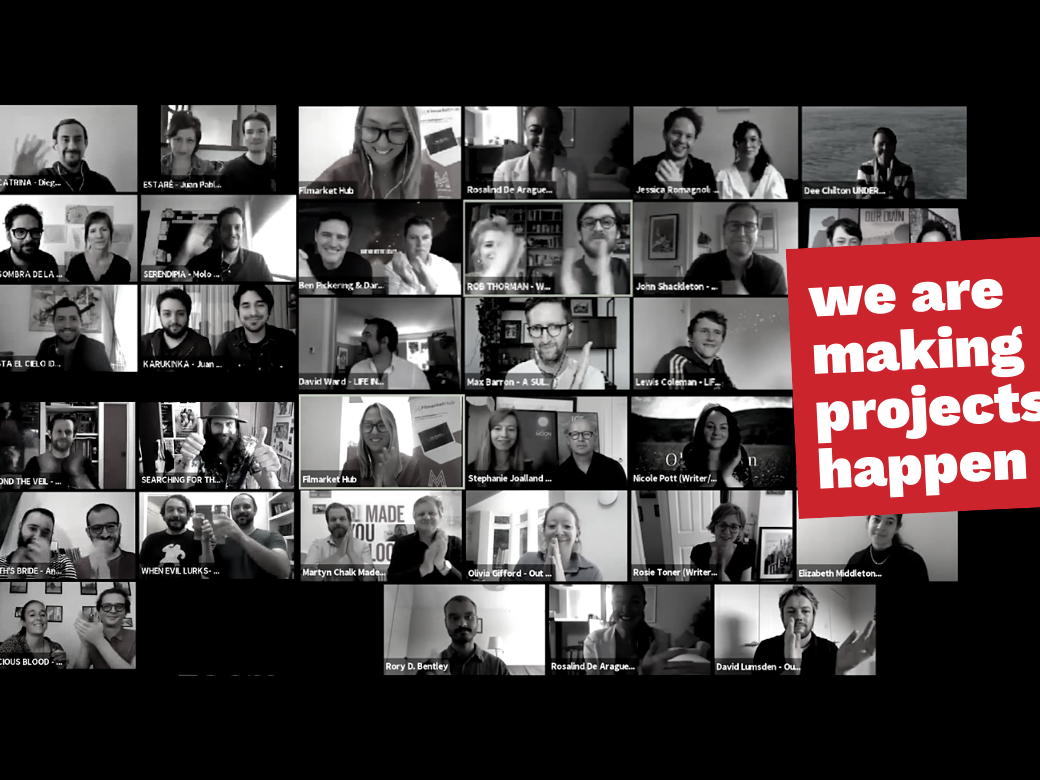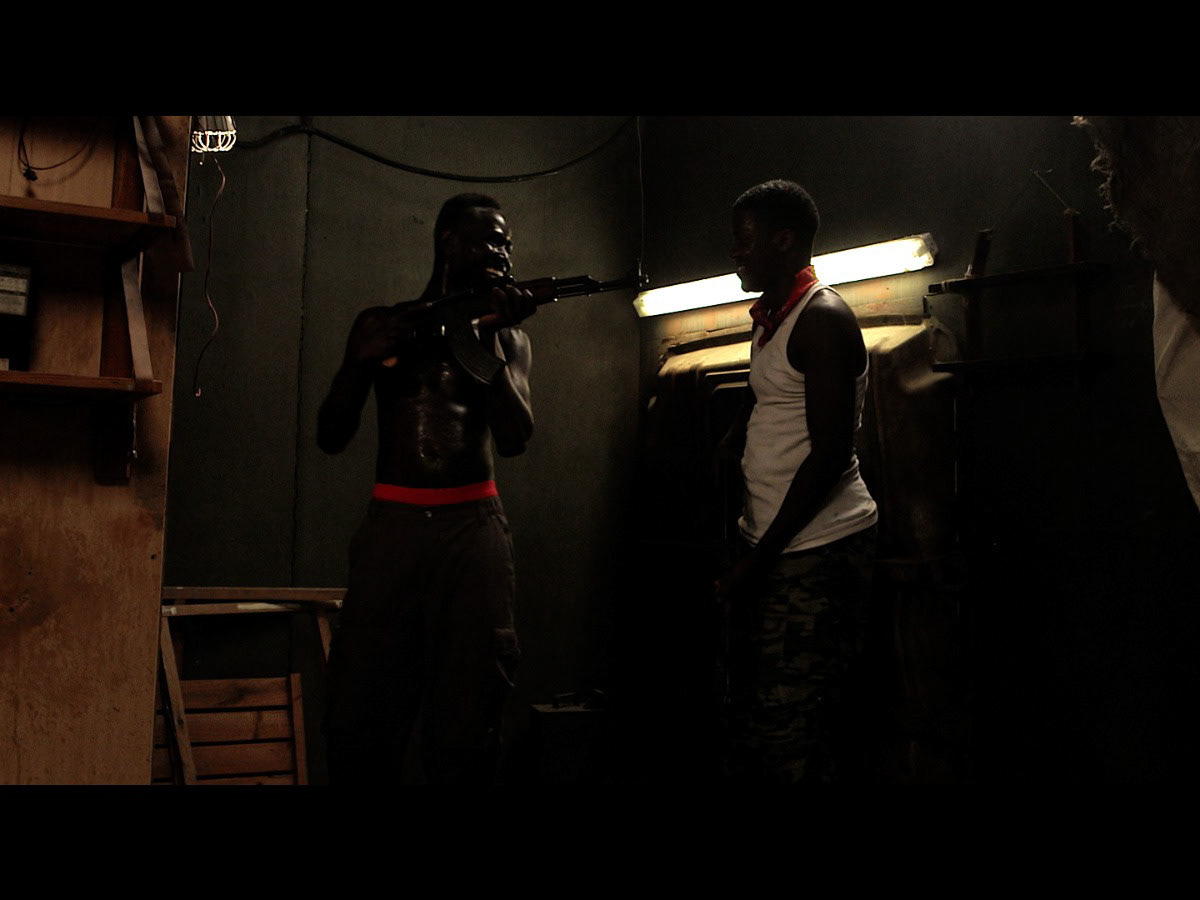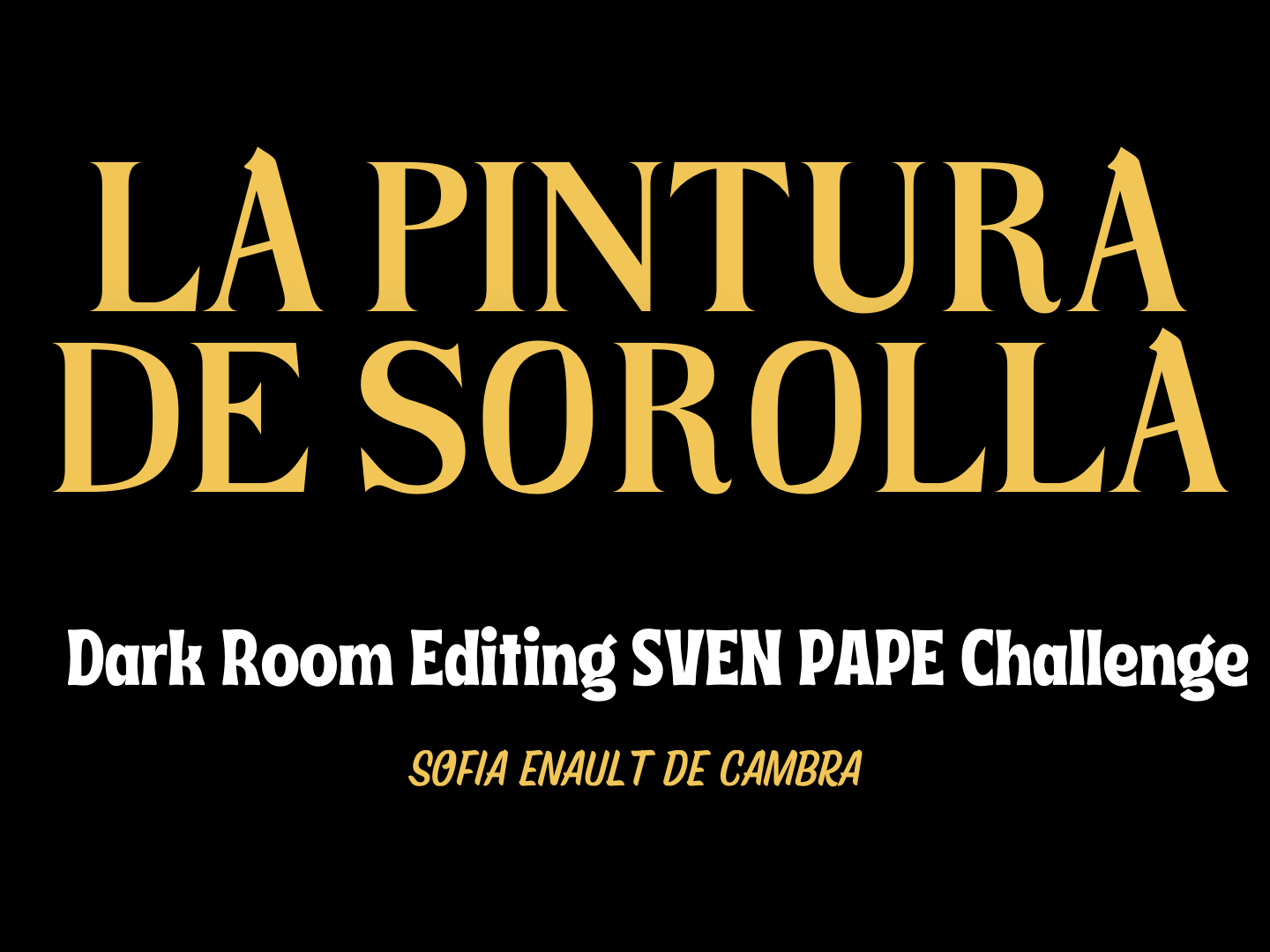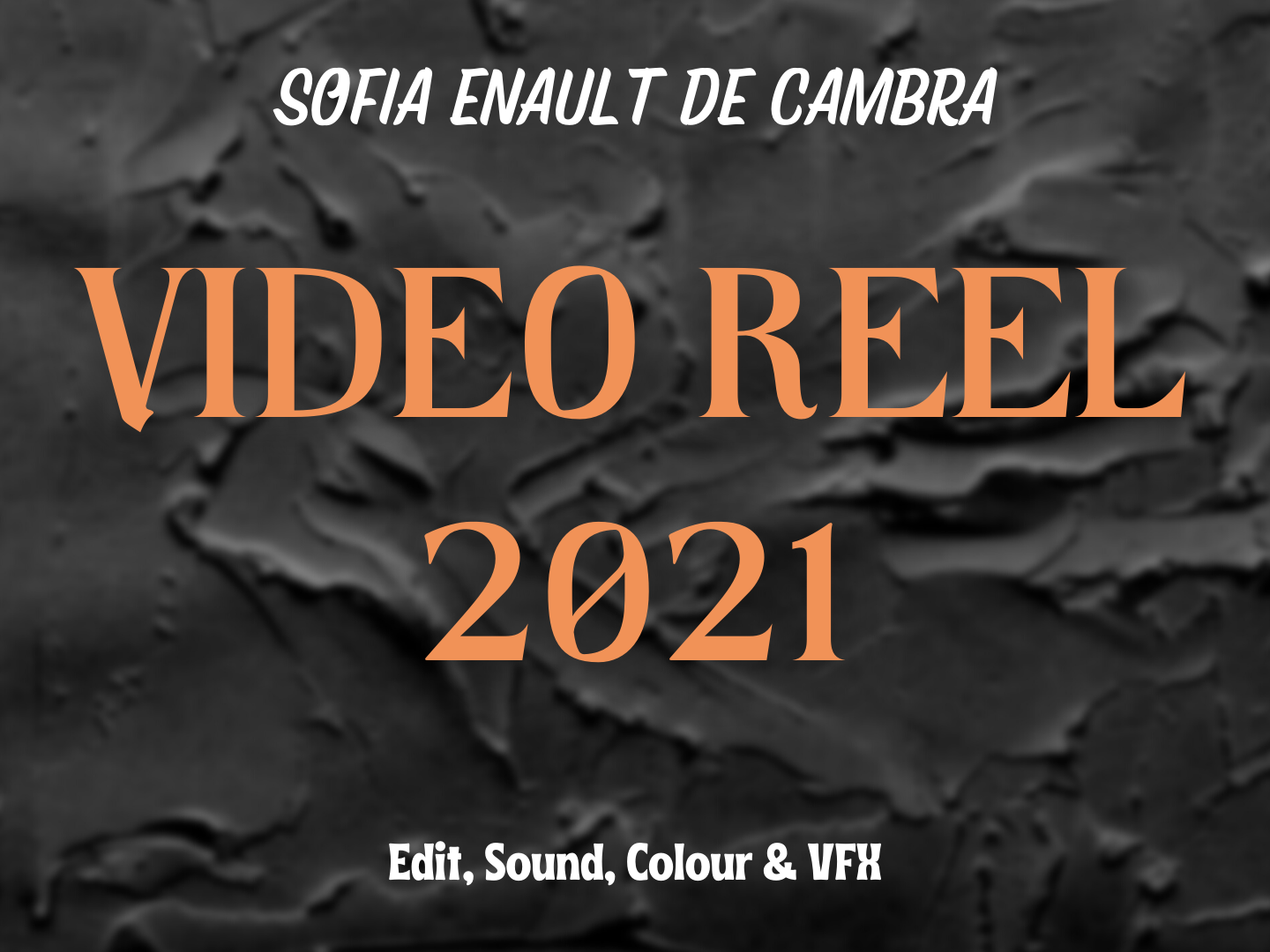As a student I was always interested in the arts and culture. First as a dancer and young pianist. Then, as a reader thanks to a series of Canadian fantasy books that awoke on me a strong interest for ancient mythology and religion. I became attached to litterature and poetry as a consequence.
Then as years past and 2011 & the Arab Springs rolled in, a preocupation for politics and sociology took over me. Although already since a few years back I'd started growing politically curious. It was at the end of 2011 that I decided to turn my studies in that direction without losing contact with the more cultural and artistic creative interests and I hold.
My first adventure then took place in Montreal where, while I juggled between volunteerships, welcoming new students, running after news for the Delit, facilitating roundtables & MCMUNs and 90-or so pages-read/ day, I fell in love with Arab and Islamicate culture and fully embraced French & German Surrealism & Dadaist "philosophy".
I stayed in Montreal for three years, and graduated from McGill University with a Bachelor of Arts and jumped straight into an Erasmus+ Master Program called Master MiM, Crossing the Mediterranean (Towards Investment & Integration). Now, due to the end of the Erasmus Mundus convention & funding, the master has changed its format.
Volunteering as a PAGE during one of IRSAM'S Mock-UN events
Meeting with fellow CAPOEIRA students from McGill
Master MiM 2019 Promotion - Montpelliers (FRANCE)
To explain quickly, the Consortium in this case extended over three (six) universities distributed along the Mediterranean Sea. Their objective was to train us to become something that still is being chisled out of marble: Intercultural Mediators for the Mediterranean region.
It was bitter work, we were coming out of the dramatic escalation post-Arab Springs of terrorist attacks, a period of International instability & new feminist wave thought. In addition to this, we spread over more than 10 nacionalities in a 33 people group. I'd just returned to Barcelona to greet October 2017 & the escalation of violence over the Catalan Independence Struggle.
To sum up, I was in the middle of my very own radicalization & heartbreak process and we studied the causes and theories over why kids like us, would join extremist groups.
At the end I chose to follow the work of an immigrant women trade union in Barcelona, Sindillar/Sindihogar and their use of art to gain visibility in the public spheres of Catalan & Spanish society. During the same time I did my internship in the Foundation Vicente Ferrer - which is active in India.
The "Sindis", as they referred to themselves in the trade union, were women oftentimes in very vulnerable situations and that collaborated with other immigrant-led associations accross the city.
Out of this experience I learned a lot of my responsibilities as a white young woman retelling the situation and the reality of people finding themselves in a more vulnerable and insecure situation. I learned a lot about the immigration policies of my own country, however as I speak up for them, I've also learned that I should create through my work the space to let them be known and heard.
Research theme & field notes
As I previously stated, for my Master's memoir I was interested by two particular subjects: integration of the youth, and the use of public space by minority or discriminised groups.
Although I didn't get the opportunity to focus on street art, youth and radicalisation, I had the opportunity of joining the meetings and events that the trade union, Sindihogar, had.
Sindihogar is a trade union of house-workers, child-carers, carers of grandpas. Most of them women and most of them considered irregular migrants that find themselves in a complicated and somewhat kafkianan situation. Not being allowed to work legally but having to prove to be financially sound and stable for a duration of 2 years to be allowed to receive a residence.
Bibliography
ARENDT, Hannah Condition de l'homme moderne, 1958, trad. Georges Fradier, Calmann-Lévy, "Agora" éd. Pocket (2019)
AUGÉ, Marc Los no lugares, espacios del anonimato : Una anthropología de la sobremodernidad, 1992, trad. Margarita Mizraji, Gedisa, 5ª ed., 2000, Barcelona
CAMBRIER, Alain. "Hannah Arendt : La Part De L’art Dans La Constitution D’un Monde Commun D’apparence." Apparence(s) (2007): Apparence(s), 24 mai 2007. Web.
Codex Urbanus, Pourquoi l’art est dans la rue?, 2018, col. Les Chroniques du street art, Critères, Grenoble.
DELGADO, Manuel, El espacio público como ideología, 2011, 2ème éd. (2015), Catarata, Barcelona.
GRAMSCI, Antonio “The Intellectuals”, Prisons Notebooks, ed. 1999, col. “Essential Classics in Politics”, London, The Electric Book Company Ltd, ISBN 1 901843 05 X.
HALL, Edward, The Silent Language, 1959, Doubleday & Company, Inc., 1st ed., Garden City, New York.
JAMES, Selma, “The power of Women and the Subversion of the Community [1972] (Excerpts)”; “Women, the Unions, and Work, or what is Not to Be Done [1972]”; “Sex, Race and Class [1974]”, Sex Race and Class, 2012, The Merlin Press Ltd, London.
Codex Urbanus, Pourquoi l’art est dans la rue?, 2018, col. Les Chroniques du street art, Critères, Grenoble.
DELGADO, Manuel, El espacio público como ideología, 2011, 2ème éd. (2015), Catarata, Barcelona.
GRAMSCI, Antonio “The Intellectuals”, Prisons Notebooks, ed. 1999, col. “Essential Classics in Politics”, London, The Electric Book Company Ltd, ISBN 1 901843 05 X.
HALL, Edward, The Silent Language, 1959, Doubleday & Company, Inc., 1st ed., Garden City, New York.
JAMES, Selma, “The power of Women and the Subversion of the Community [1972] (Excerpts)”; “Women, the Unions, and Work, or what is Not to Be Done [1972]”; “Sex, Race and Class [1974]”, Sex Race and Class, 2012, The Merlin Press Ltd, London.
